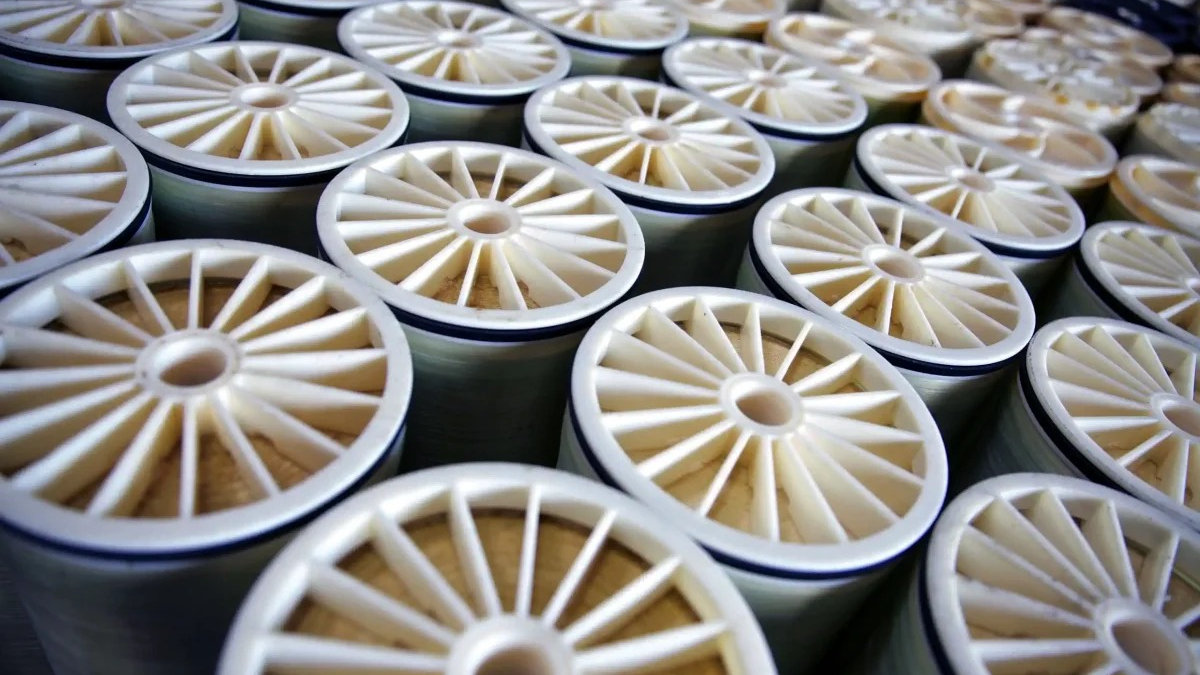By controlling scale, RO antiscalants help maintain system efficiency and extend membrane life.
One of the biggest advantages of using RO antiscalant is its ability to work at high recovery rates. Without antiscalant, RO membranes can quickly become clogged, leading to pressure drops, reduced permeate flow, and increased energy consumption.
Adding the right antiscalant ensures smooth operation, stable performance, and lower maintenance costs.
RO antiscalants are easy to dose and compatible with most membrane types. They help in reducing the frequency of chemical cleaning (CIP), which means less downtime and longer membrane lifespan. With proper dosing and regular monitoring, antiscalants can prevent up to 99% of scaling issuesin RO systems.
Industries such as drinking water purification, manufacturing, pharmaceuticals, power plants, and wastewater recycling rely heavily on antiscalants to achieve consistent water quality. Selecting the right antiscalant depends on feed water chemistry, TDS levels, recovery ratio, and scaling tendency.
In summary, RO antiscalant is an essential component in water treatment processes. It keeps membranes clean, boosts productivity, reduces operational costs, and improves overall system reliability. For anyone managing RO plants, using a high-quality antiscalant is critical for long-term performance and efficiency.
#WaterTreatmentChemicals
#MembraneAntiscalant
#ScaleInhibitor
#ReverseOsmosisChemicals
#
Use of RO Antiscalant in Water Treatment

- info190
- Nov 19, 2025 ·






